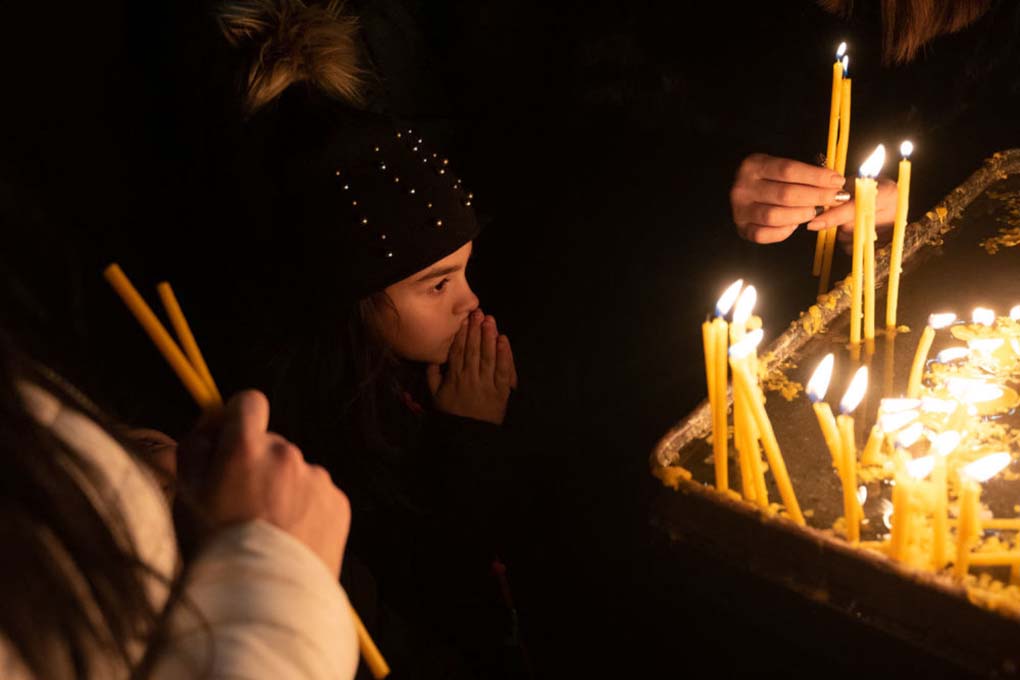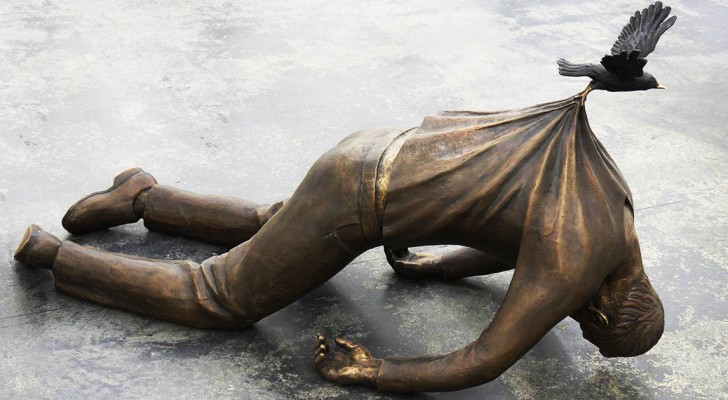
The Badarak is long because it has grown over the centuries, acquiring new hymns, rituals, psalms and prayers from time to time. The Divine Liturgy is a living and evolving expression of the Armenian people’s Christian faith. It is not a fixed work of art like an opera, which a composer formulates, composes, and completes. Mozart surely never expected any of his operas to accumulate new arias and choruses over the centuries, and, of course, they have not. We expect a performance of the opera Don Giovanni today to be essentially the same as Mozart composed it two hundred years ago.
Liturgy is quite different, however, because it is the product and expression of an entire people’s faith. What we sing, chant, profess and ritually accomplish during the Badarak corresponds, of course, to the general outline of Jesus’ Last Supper. But that revelation of God’s sacrificial, life-giving love inspired the Armenians to compose hymns and prayers that celebrate that sacred mystery. The Badarak is the Armenian people’s heartfelt prayer expressing their most profound convictions and sentiments about God’s love for them as reflected in the death and resurrection of Christ. Just as a person in love is moved to compose verse after verse of poetry for his beloved, the Armenian people have cultivated their Divine Liturgy to be a fitting tribute to God as they have known God and experienced God’s presence in Christ.
The hymn, “Kreesdos ee mech mer haydnetsav,” for example, is a uniquely Armenian composition that was not a part of the ancient Badarak (although the Kiss of Peace is one of the oldest elements of the Liturgy). “Kreesdos ee mech mer haydnetsav” entered our Badarak spontaneously: we have no record of any canon, synod or official decree introducing it into the Liturgy. Sometime after the tenth century, an unknown composer penned the song and began to sing it during the Badarak in some local church. The hymn caught on. People liked it: the lyrics were inspiring; the melody was uplifting; the words were consistent with their understanding of the Badarak and, specifically with the Kiss of the Peace. Consequently, the use of the hymn spread. By the time of Bishop Nersess Lambronatsi’s Commentary on the Divine Liturgy in the late twelfth century, it was no longer a novelty, but an established part of the Badarak. By the fourteenth century, the hymn was so beloved and well known, that an Armenian author named Frig Divan wrote a poetic meditation on its words.
Historians of the liturgy have shown that this is how liturgies grow; not abruptly, from above, by hierarchical decree; but from below, over time, out of the prayerful, creative heart of the faithful, as tributes lovingly presented to God. Liturgical development is only rarely the work of a synod of bishops or a committee of theologians seated around a table. More often than not it is popular, spontaneous, and drawn-out over centuries. Furthermore, additions to the Liturgy tend not to replace older elements of the Liturgy, but to accumulate beside them. This is why the Liturgy has tended to grow over the centuries.
Source: Frequently Asked Questions on the Badarak, The Divine Liturgy of the Armenian Church by Michael Daniel Findikyan.

